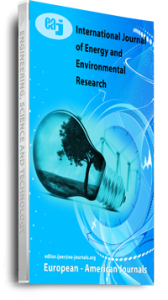The concept of “primary energy” should be re-examined in order to grasp a complete view of energy issues, and to evaluate the precise effectiveness of renewable energies, especially by non-thermal means. In many energy statistics, the term “primary energy” is always used, and the unit is often “toe” (ton of oil equivalent), which is based on the caloric value of oil. Since there are several kinds of energy supplied and consumed in society, the concept of “primary energy” is important and convenient to calculate the total amount of energies, in particular when fuels are burned and utilized. However, the situation is complicated when electricity is supplied from renewable energies without fossil fuel consumption. There are several conversion factors between fuels and electricity used in the statics of the IEA (International Energy Agency), which results in the confused meaning of the total amount of the “primary energy” expressed by “toe”. In this study, the author proposes a common conversion factor from electricity to “toe” in energy statistics, which will make it easier for us to analyze energy issues and to evaluate the effectiveness of renewable energies and select a better energy source.
Keywords: Renewable Energies, energy conversion rate, oil-equivalent, primary energy” concept

